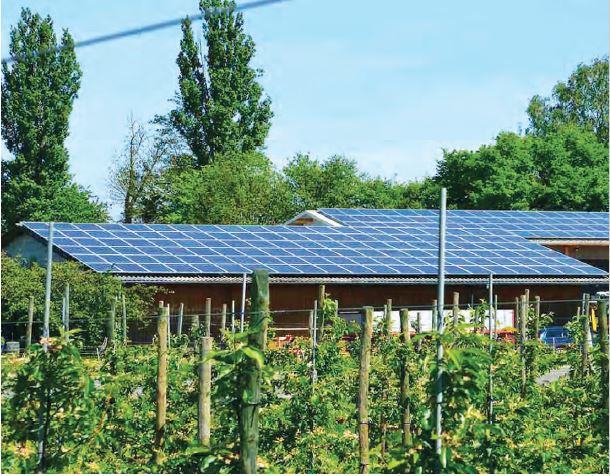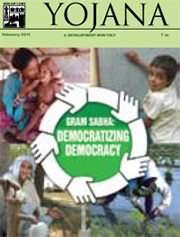 |
|
 |
COVER
STORY |
 |
|
| |
| |

|
|
Tapping Sustainable Energy Alternatives
|
|
|
The second lead article, which is also focus article, is written by Shri N Bhadran Nair. Citing a report of the World Health Organisation, the author has advocated for tapping sustainable energy alternatives
|

|

|

|

|
|
Financing Renewables in India
|
|
|
The third article is written by Shri P C Maithani, Adviser, Ministry of New and Renewable Energy. He has focussed on renewable energy resources
|

|

|

|
|
Steps to Achieve India’s Solar Potential
|
|
|
The special article is written by Sumant Sinha, Chairman and Managing Director of ReNew Power. He opines that India must also honour its global commitments on curbing greenhouse gas emissions
|

|

|
|
 |
Lead Article
Textiles the word brings up images of beautiful drapes cotton, silk, chiffon, lace. Whether it is the material draped on the figurine of the lady from Mohenjadaro, the stylish drapes of Cleopatra, the ball dance gowns of the Victorian Era or the lovely dresses worn by our own queens and princesse...
read more... |
|
 |
|
|
|
|
|
|
|
About the Issue
|
|

The year 2009 marked fifty years since Nagaur in Rajasthan saw the
foundations of Panchayati Raj institutions being laid in India. Fifty long years
in which this institution has grown from strength to strength, bringing a large
community of hitherto left-out people into the folds of governance. Fifty long years in
which the common Indian from the remotest corner of the country has proved that he
knows what is best for himself, his family and society, and that given a little support,
he can think, decide and act for the collective good of his community. Fifty long years
that have helped us rediscover the collective strength of the people at the grassroots after
we almost lost it under the torturous period of subjugation by the British. Observing
the year 2009-10 as the Year of the Gram Sabha was a reconfirmation of this strength
of the people.
The Gram Sabha had been visualized as an institutionalized forum of villagers that would ensure that every
voice in the village was heard, the needs and concerns of every quarter of the society was addressed and that
the elected representatives of the panchayats performed their duties as expected of them. If we look at the last
eighteen years since the 73rd constitutional amendment came through, we find a lot to be happy about. Regular
and serious panchayat elections, an increasing representation of women and people from other marginalized
sections of the society, many forceful voices rising from the grassroots, forcing the powers that be to sit up and
take note, a host of innovative development initiatives that have come to fruition under the able stewardship of
the people at the grassroots. In fact, in a bold move the India government has also decided to stitch the Gram
Sabhas into the industrial fabric of the country. In bits and pieces at first and now regularly, the Gram Sabhas
have been given the authority to decide if a particular industrial project should be located in the area where the
Sabha operates. If an industrialist has to set up a project, he has to inform the Sabha, give them an opportunity
to call a meeting, explain the details of the project and ask for their permission to buy land from the area. Only
when the Sabha has approved the same can the project go through.
|
|
|
|
|
|
|
|
|
|
|
 |

|
|
 |
|
|
 |
|
Regular
Column |
 J&K Window : J&K Window : |
|
|
 Do you know? : What is Forensic Auditing Do you know? : What is Forensic Auditing |
|
Forensic auditing refers to the auditing with the main aim to employ accounting techniques and methods to gather evidence to investigate the crimes on financial front such as theft, fraud etc.
|
|
|
 |
|
 |
 |